The Global Institute for Women's Leadership is a non-partisan research institute that aims to see effective, evidence-based solutions applied where they will have the greatest impact in advancing gender equality.
With the federal election approaching, we set out to examine who is running, how the major parties stack up on gender representation, and whether a candidate’s gender influences their chances of winning.
We will update this research throughout the election to account for additional nominees, and also conduct post-election analysis to see how our new Parliament measures up on gender and diversity representation.
The "glass cliff" election
Our pre-election analysis finds that, not only are there fewer women running in this election, they’re also more likely to be contesting ‘glass cliff’ seats that are hard to win and precarious to hold.
Key findings
- The 2025 federal election sees some progress in gender and diversity representation compared to last election, but the ‘glass cliff’ effect remains a significant barrier for female candidates. While the gender gap in seat security has narrowed since the last election, women across both major parties are still disproportionately placed in unwinnable or high-risk seats.
- Coalition women continue to face the steepest challenge. They are more likely than their male counterparts to be preselected in electorates that are difficult to win or hold. While the gender gap in winnable seats has halved (from 26% in 2022 to 13% in 2025), the Coalition is still fielding more than twice as many male candidates as female ones, with most women contesting precarious, ‘glass cliff’ seats.
- Labor women have made gains this election, but true gender parity is still a work in progress. The Australian Labor Party (ALP) has increased female representation to a majority of candidates for the first time at 56% (up from 46% in 2022). As the incumbents, the number of both male and female Labor candidates running in risky, ‘glass cliff’ seats is lower this election. In 2025, 57% of Labor men are running in safe or fairly safe seats, compared to just 50% of women, a slight decrease in the gender gap from 9% in 2022 to 7% in 2025. The playing field is becoming more balanced, but Labor men, despite being outnumbered overall, still have a better shot at winning their seats.
- Diversity among candidates remains another area of concern. Of the 591 declared candidates at the point of analysis, 21% self-identified as belonging to diverse or underrepresented groups. However, this figure falls short of the rate of diversity seen in the current Parliament (29%), with the largest drop occurring among culturally and linguistically diverse (CALD) representation (16% of candidates vs 23% of sitting MPs).
While some progress has been made, the overrepresentation of women in precarious seats and the underrepresentation of diverse candidates highlight persistent structural barriers. Achieving true gender and diversity parity in Parliament requires not just increasing candidate numbers but also ensuring fair and equitable opportunities in winnable seats.
The figures quoted in this research are correct as of 24 March 2025, when 591 candidates had declared their intention to run in the Federal election.
What are the major parties promising on gender?
We analysed the gender equality commitments of Australia’s major political parties ahead of the 2025 Federal Election. Our aim was to understand how each party plans to address persistent gender gaps and structural inequality in three key areas: preventing violence against women and gender diverse people, health, and the economy.
Our analysis finds that while all parties acknowledge gender inequality to some degree, they differ significantly in how they propose to tackle it. Labor has committed more than $23 billion across a range of initiatives to support the economic security, health, and safety of women and gender diverse Australians. The Coalition has pledged to continue several existing services and has made targeted investments in women’s health. The Greens propose an ambitious reform agenda centred on structural change, intersectionality, and accountability.
This summary highlights both the progress made and the challenges that remain. Women and gender diverse Australians continue to earn less than men, retire with fewer savings, and shoulder the majority of unpaid care work. Gender-based violence remains widespread and under-addressed.
The policy choices of our political leaders in this election will have a lasting impact on the lives of women and gender diverse people across the country.
As a non-partisan research institute, we have produced this resource to inform voters, policymakers, and advocates. We hope it serves as a useful tool for assessing how each party’s platform supports the vision of a more equal, inclusive, and safe Australia for all.
Our analysis & election media coverage

With at least 19* women killed by violence already in 2025, where is gender-based violence on the agenda in the new parliament?
As the dust settles on the landslide Labor election victory, Prime Minister Anthony Albanese addressed the National Press Club, outlining his priorities for his second term in office in his first major speech since the election. However, much like the election campaign, family, domestic and sexual violence was noticeably missing from Albanese’s press club address, writes Hannah Fearnside.
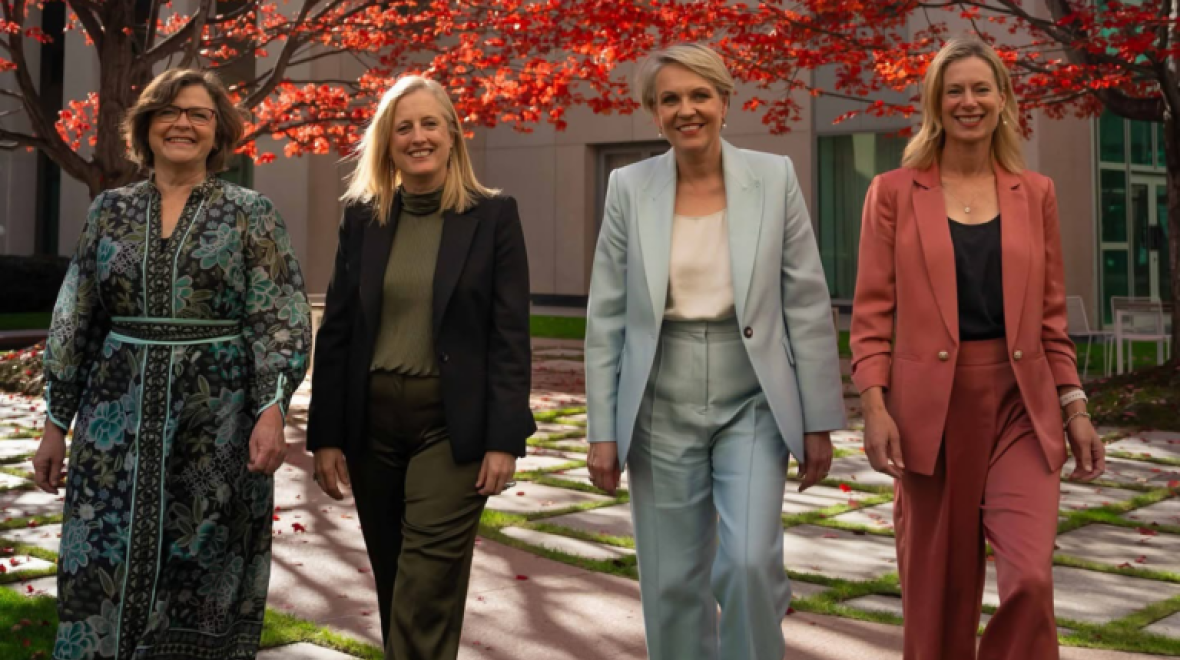
Labor women make history by overtaking men in cabinet. So is the job done?
Albanese’s new cabinet is certainly a win for women’s representation. But the job isn’t done, writes Elise Stephenson, Australian National University and Blair Williams, Monash University in this article republished from The Conversation.

Sussan Ley becomes first female leader of the Federal Liberal Party after ballot
The first woman leader of the federal Liberal party could be doomed to fail as she tries to rescue the party from one of its lowest points in the wake of the election. GIWL Director Michelle Ryan talks to The Nightly about this new position is yet another "glass cliff" appointment.
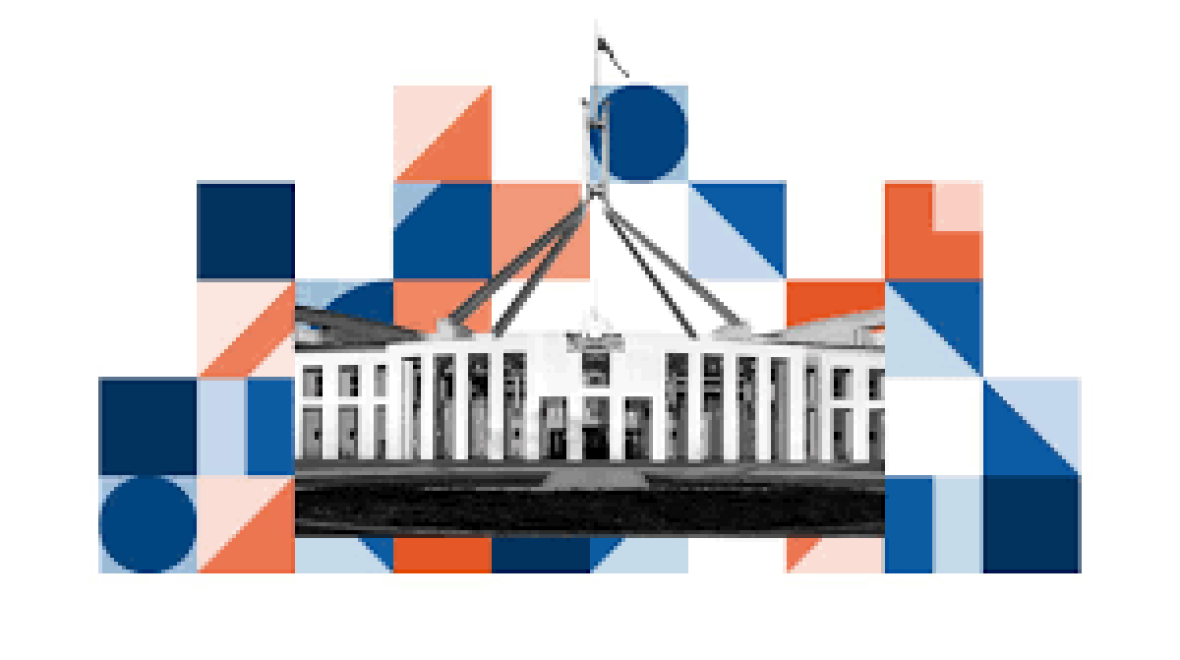
Sussan Ley takes on Liberal leadership
Sussan Ley has been elected as the leader of the Liberal Party. But there are concerns she's on a 'glass cliff', as the first female leader chosen at a time the party is in crisis. GIWL Director Michelle Ryan speaks to SBS News for their Our House podcast series.
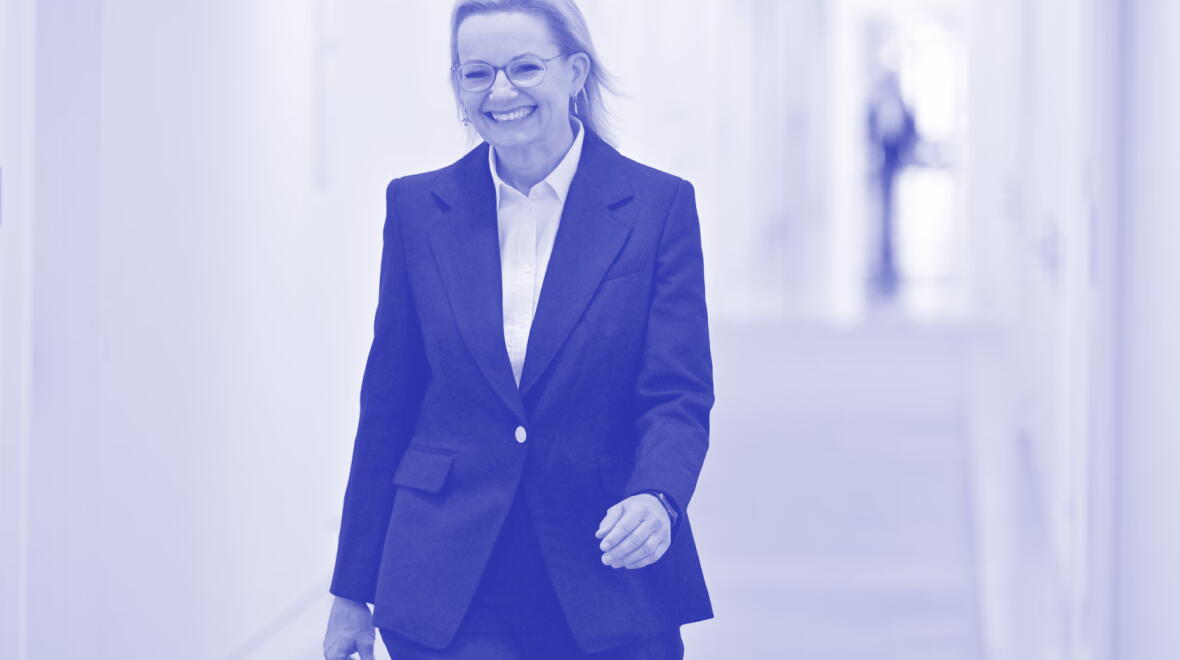
Reset or glass cliff?
Sussan Ley’s historic elevation gives the Liberal Party a fresh face. But without a compelling economic agenda, her leadership risks being undermined by a deeper identity crisis, write Anthony Galloway and Finn McHugh for Capital Brief.
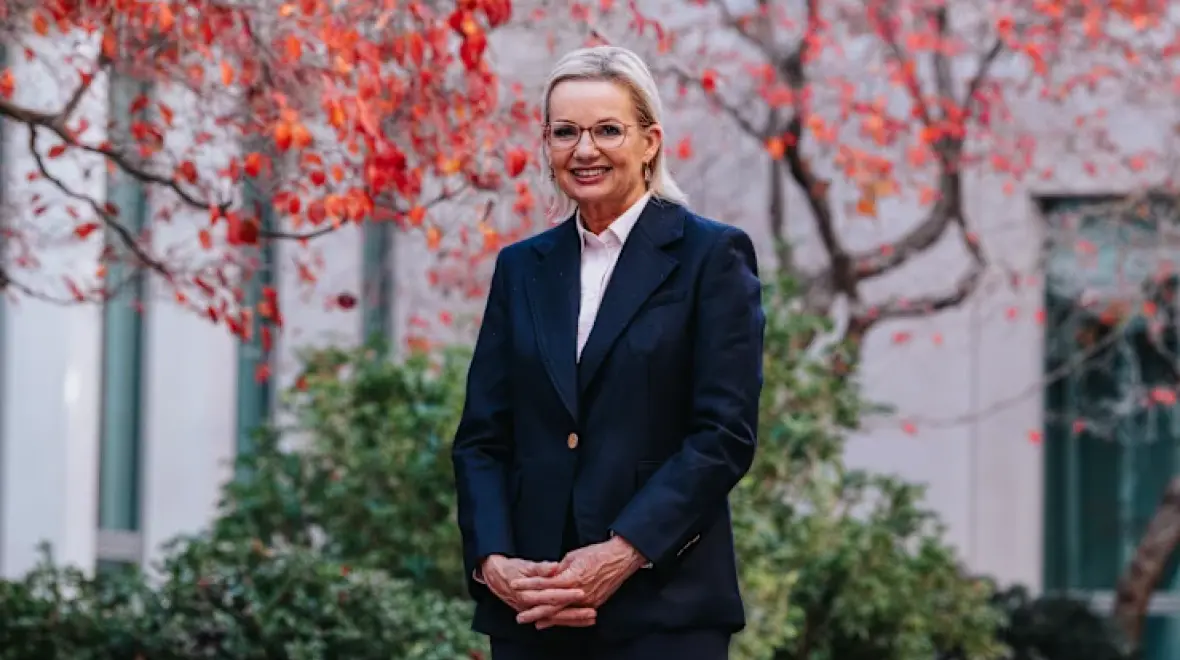
Glass ceiling or glass cliff? What awaits Sussan Ley as first woman to lead the Liberals
Sussan Ley’s ascension to head of the federal Liberal Party will be celebrated as a milestone that has eluded the party for years. But it’s not a simple story of broken glass ceilings: Ley’s leadership success will depend on how she fixes a wounded brand that must claw its way back to relevance, writes Natassia Chrysanthos for the Sydney Morning Herald.
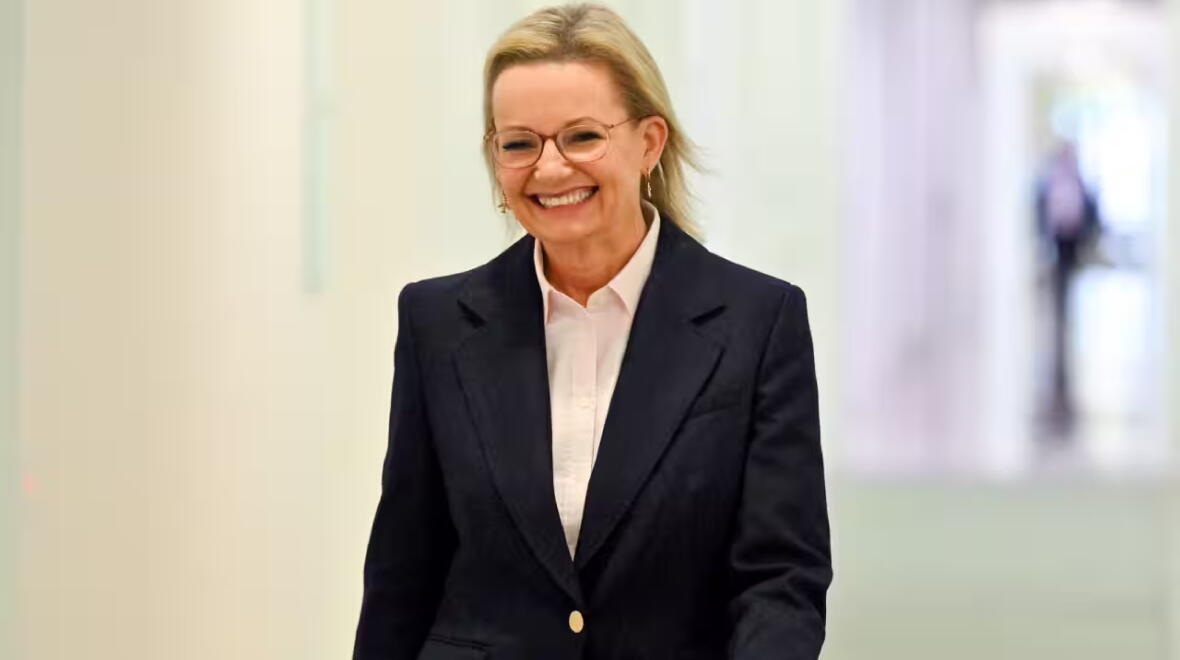
As some Liberals hail a 'new era', is it time to lock in gender quotas?
Sussan Ley has become the first woman to lead the Liberal Party in its 80-year history — but it comes amid renewed questions over gender quotas. GIWL Director Michelle Ryan speaks to SBS News.

Sussan Ley for Liberal leader? Is this the ultimate glass cliff?
The Liberal Party has long grappled – or some may argue, wilfully ignored – its problem with Australian women, writes Madeline Hislop for Women's Agenda.. Now, in the days after its catastrophic defeat, deputy leader Sussan Ley has emerged as a frontrunner to take on the leadership. So what does it mean if Sussan Ley is elected as new Liberal leader next week?
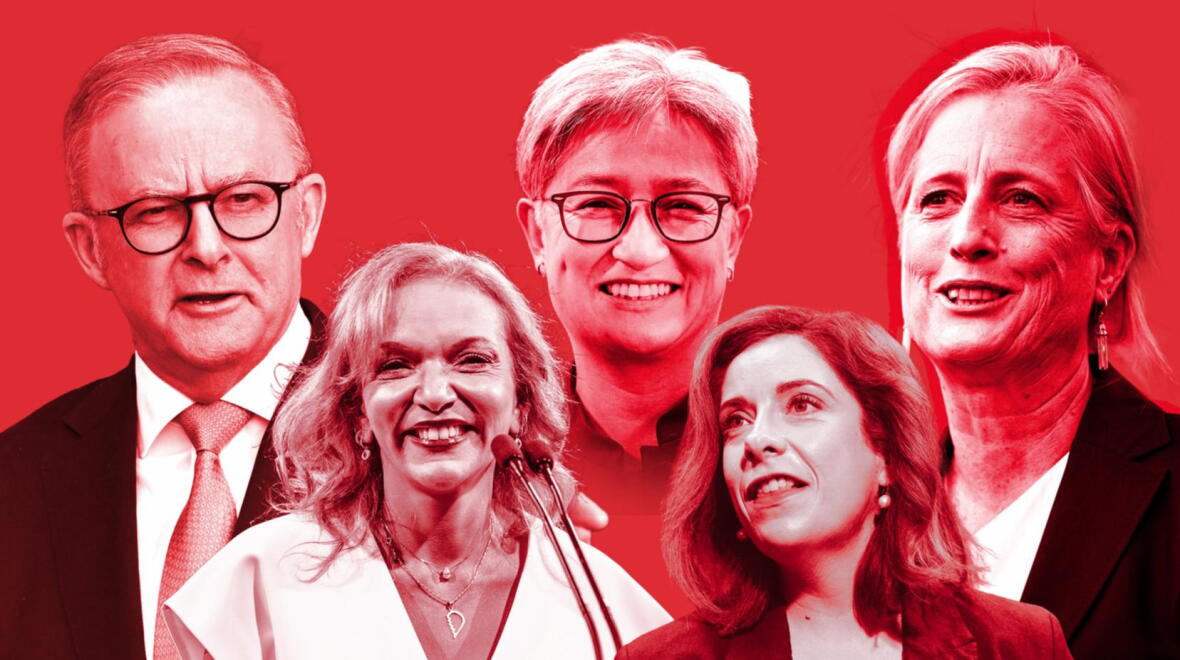
Federal election 2025: New Labor MPs descend on Canberra for faction focus ahead of Caucus meeting
Anthony Albanese could be facing pressure for more female MPs to be elevated to the front bench during Labor’s caucus meeting on Friday, writes Nicola Smith for The Nightly.
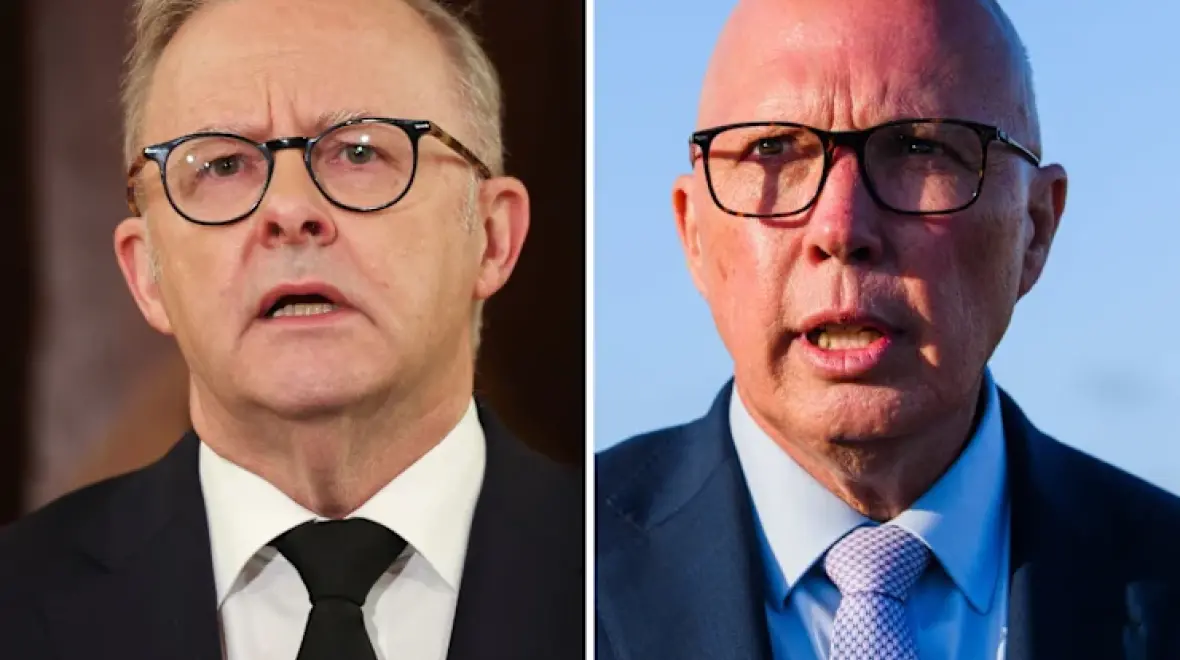
Politics is still a man’s world. Let’s reimagine the law of this jungle
Writing for the Sydney Morning Herald, Julia Baird considers how far the major parties still have to come to truly represent women and gender diverse Australians
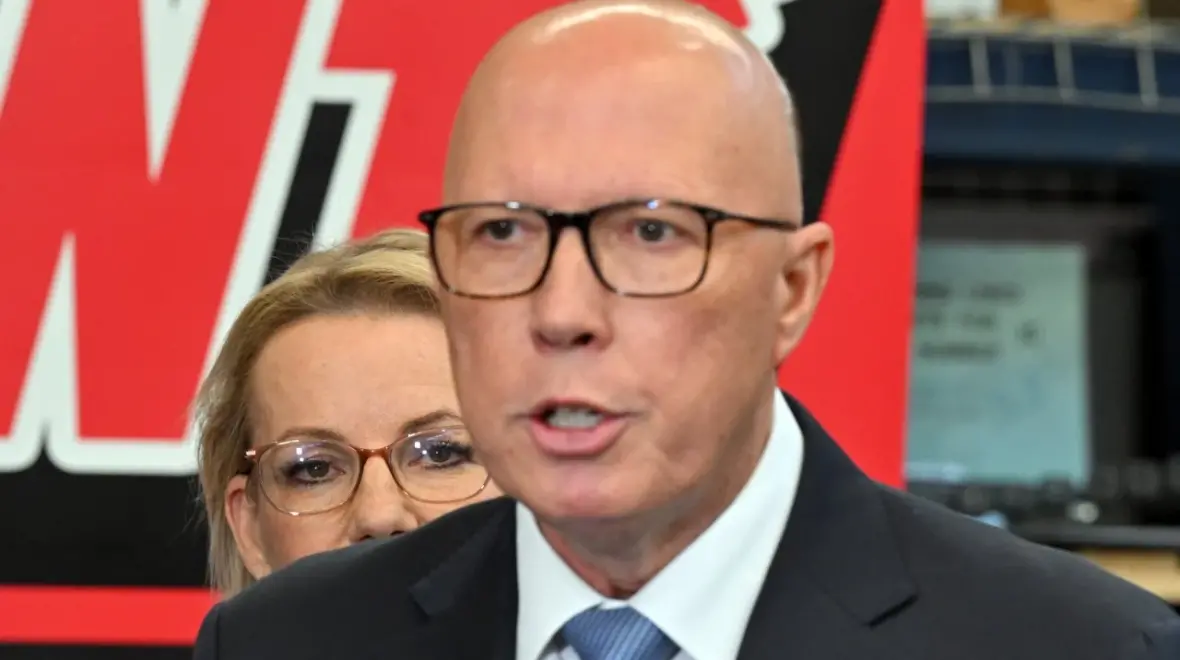
The Coalition’s troubled relationship with women
The Coalition is struggling to win support from women – a problem raised in a review of its last election defeat that has only grown worse under Peter Dutton’s leadership writes Bri Lee for The Saturday Paper.
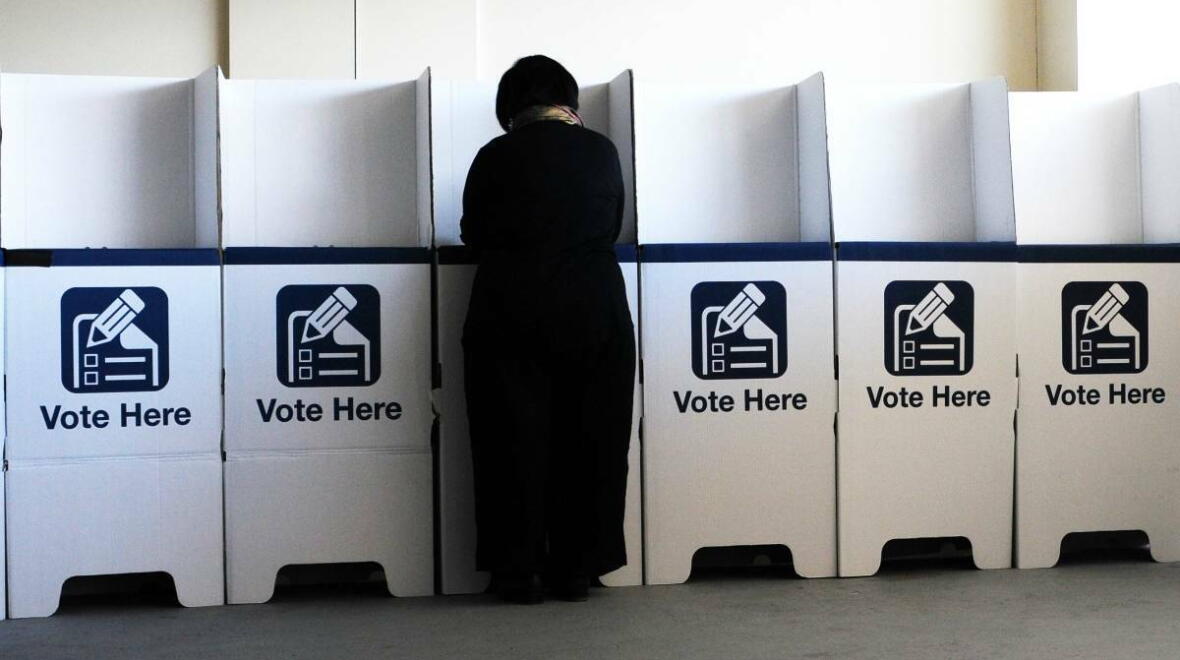
Women disproportionately placed in unwinnable and high-risk seats ahead of federal election
While some progress has been made towards gender equality in Australian elections, women remain underrepresented among candidates in the 2025 federal election, a new report from GIWL shows.
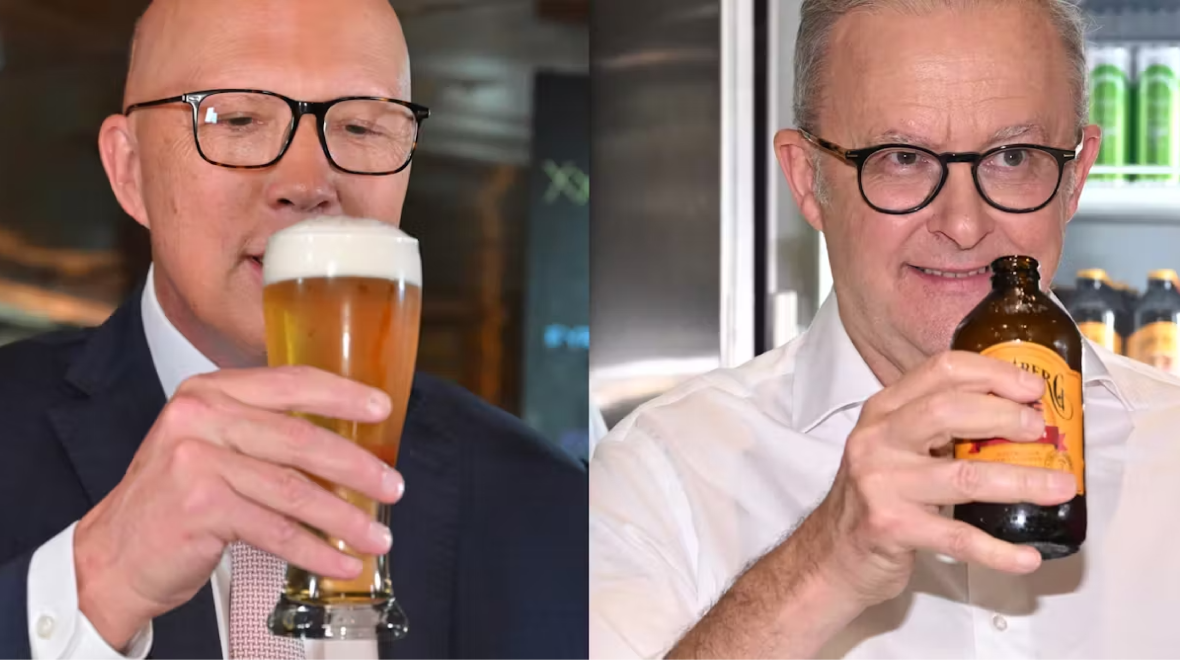
Running for parliament is still a man’s world, with fewer female candidates – especially in winnable seats
Our report published today finds that while the major parties are increasing the number of women they pre-select, they are more likely to be running in harder-to-win seats, writes Dr Elise Stephenson for The Conversation.

Blink and you’ll miss it – women’s safety and the federal election
Finally, it is election week and Australian’s will vote this Saturday, 3 May. As the election campaign draws to a close, at least seven women have been killed in the last week, allegedly by men. The first four weeks of the campaign the issues of family and domestic violence ‘lacked attention’, from the major parties. Now, with a week to go we have finally seen announcements from Labor and the Coalition. As Australians start to vote early in the lead up to election day, where is women’s safety on the agenda?

Four charts that show the Coalition (still) has a women problem
The Coalition has failed to make meaningful progress on gender imbalances that plagued its 2022 election campaign; fresh data shows women are still underrepresented among its candidates, undermining efforts to win back disillusioned female voters, writes Campbell Kwan for Fiancial Review.
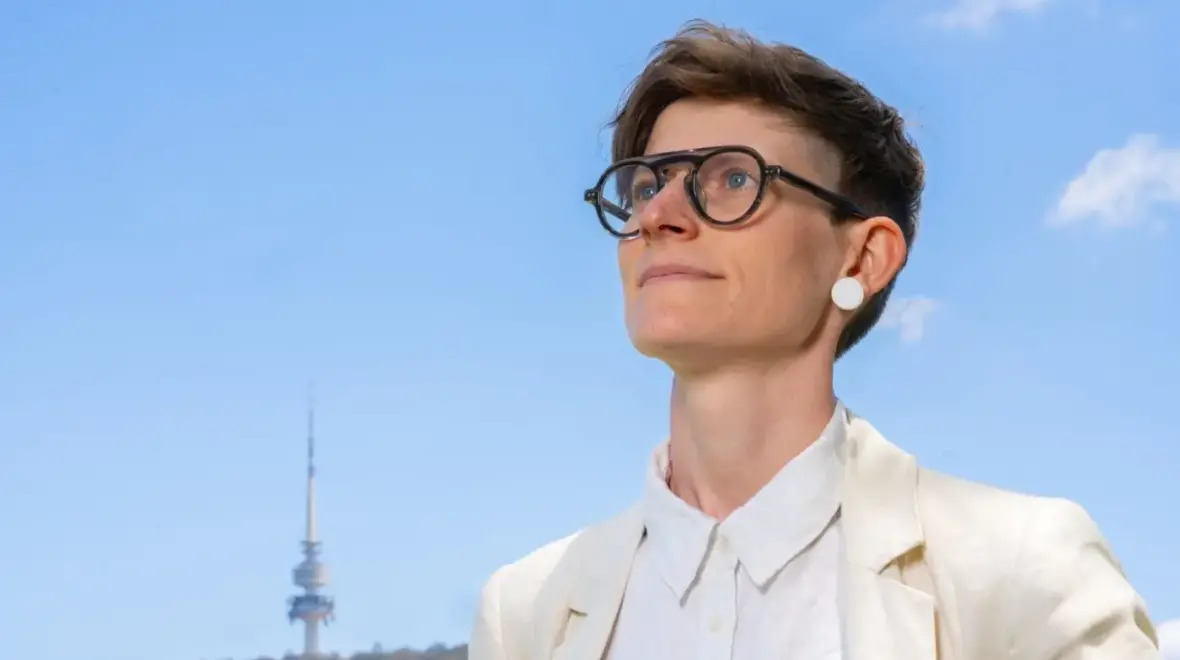
Women disproportionately placed in unwinnable seats ahead of federal election
While some progress has been made towards gender equality in Australian elections, women remain underrepresented among candidates in the 2025 federal election, a new report from The Australian National University (ANU) shows.

Federal election 2025: Report claims candidates face ‘glass cliff’ as major parties use women in hard to win seats
Women are under-represented as candidates in the upcoming federal election and are more likely to be running in hard-to-win seats for the major parties, writes Maeve Bannister for The Nightly.
Contact
Elise Stephenson
Deputy Director
Climate change, Intersectionality & identity, Politics & international affairs, The space sector, Youth engagement
Natalie Barr
Chief Operations Officer
Michelle Ryan
Director
Intersectionality & identity, Leadership & the Glass Cliff, Relationships & the care economy, The workplace & working lives



